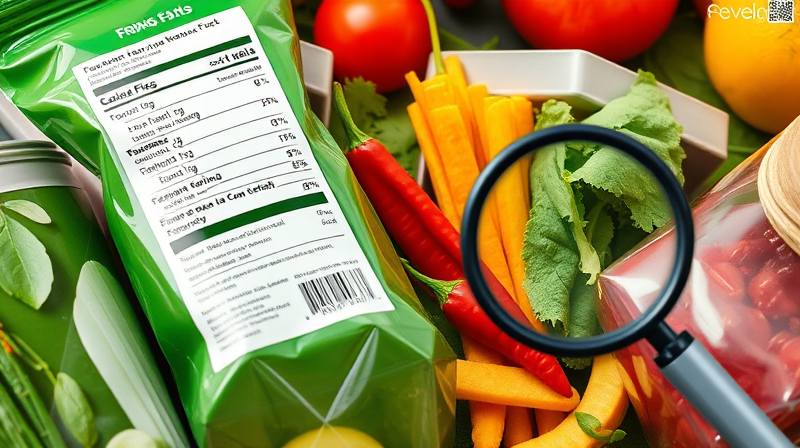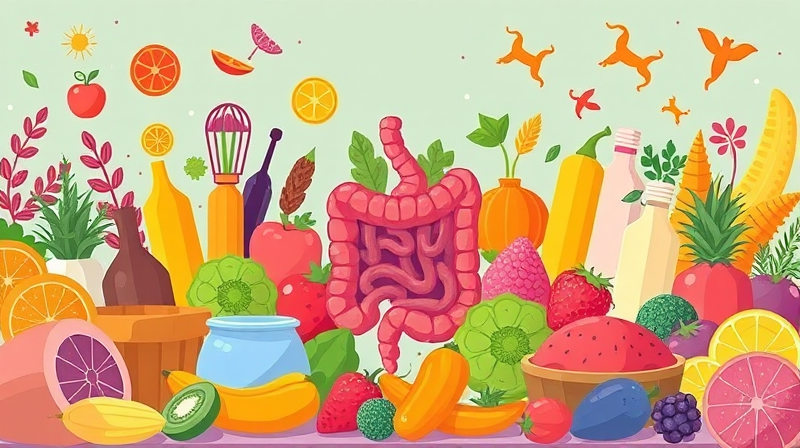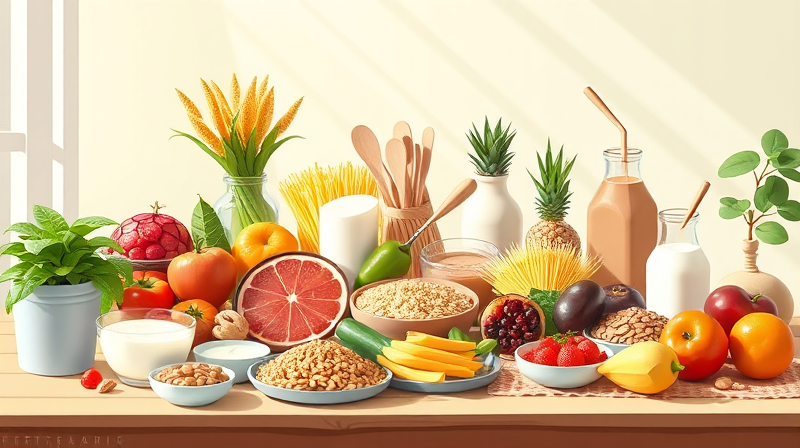Understanding food packaging information is empowering and crucial for making healthier choices. In a world full of conflicting information, this comprehensive guide provides you with the tools to decode labels and packaging details, helping you navigate the grocery store with confidence. Whether you are new to reading food labels or looking to sharpen your knowledge, the following insights will help you understand what you really consume.
Food packaging today holds a wealth of data on everything from serving size to nutritional content, ingredient lists, and sustainable packaging trends. These changes in labeling regulations have been spurred by a need to offer transparency and empower consumers to make better nutrition decisions without being overwhelmed by too much jargon or misinformation.
Breaking Down the Nutrition Facts Label
The Nutrition Facts label is one of the most important tools you will encounter. It provides vital information about the product’s nutritional content on a per-serving basis, which is essential if you are monitoring your dietary intake. From calories to nutrients such as fats, sodium, vitamins, and minerals, this label is your roadmap to understanding how a food item fits into a balanced diet.
Key aspects of the Nutrition Facts label include:
- Serving Size: This indicates the portion of food typically consumed and is not necessarily a recommendation for how much you should eat.
- Calories: Understanding the energy content per serving helps you balance your daily intake.
- Nutrients: Both macros and micros are clearly stated. This includes nutrients to limit, such as saturated fat, sodium, and added sugars, as well as nutrients to seek, like dietary fiber, vitamin D, calcium, iron, and potassium.
- Percent Daily Value (%DV): This percentage tells you how much a nutrient in one serving of the food contributes to your total daily diet. Remember the 5/20 rule: 5% or less is low and 20% or more is high.
This structured information helps you balance indulgence with healthfulness and avoid exceeding limits on harmful ingredients without sacrificing nutritional benefits.
In addition to the traditional Nutrition Facts panel, emerging front-of-package labels are making waves in how we interact with food data. This visual shortcut is designed to provide immediate clarity about the nutritional quality of food items.
Innovations in Front-of-Package Labeling
To further assist consumers, the FDA proposed changes in 2025 that include the implementation of a front-of-package nutrition label. This new system is intended to highlight key nutritional information, such as the content of saturated fat, sodium, and added sugars, with simple categorizations like "Low," "Med," or "High."
These advancements cater to today’s fast-paced shopping environments. By offering a quick view of the most critical nutritional data right on the front of the package, decisions become more intuitive and less time-consuming. This system encourages the scrutiny of food products and nurtures a greater level of consumer awareness.
Consumers are also urged to scrutinize ingredient lists as part of a balanced approach to understanding food products. Paying attention to the order and type of ingredients can reveal much about the food, including its processing and quality.
Decoding Ingredient Lists and Claims
When it comes to ingredient lists, there are simple guidelines to follow. Ingredients are listed in descending order by weight, ensuring that the first few ingredients are those in the highest quantities. This is often an indicator of quality, especially when whole foods feature prominently. If the list is excessively long, this typically signals heavy processing.
- Whole Foods First: A concentration of whole food ingredients often means the product is less processed.
- Ingredient Length: Shorter lists usually indicate simpler, more natural products, while longer lists may hide processed or artificial additives.
- Sugar Names: Familiarize yourself with various names for sugar. Ingredients might use alternative names to subtly reduce their appearance.
Food label claims can sometimes be misleading. Common labels such as "Healthy," "Low fat," and "No added sugar" each have specific criteria and standards backing them. It is essential to understand the definitions behind these claims; for example, a "Healthy" label must meet strict nutritional criteria, while "Low fat" implies no more than 3 grams of fat per serving.
This critical evaluation of ingredient lists and packaging claims allows you to prepare a more informed diet plan that suits your nutritional needs and lifestyle. By looking beyond enticing promises, you can choose products that truly contribute to a balanced, wholesome diet.
The Role of Sustainability and Smart Packaging
The packaging industry is also responding to the growing environmental consciousness among consumers. Opting for eco-friendly packaging is a significant step towards reducing your environmental footprint. Look for materials that are recyclable, compostable, or biodegradable. Adopting products with sustainable labeling not only benefits your health but also supports global environmental initiatives.
Modern technology is taking food packaging a step further by integrating smart features. Innovations such as QR codes allow you to access detailed product information with a simple scan. Additionally, temperature-sensitive labels provide cues about the freshness of the product, ensuring that you are always making safe choices.
These technological integrations serve to bridge the gap between consumers and producers, enabling a level of transparency that was previously unattainable. They allow you to connect with the story behind your food, from farm to table, and make purchasing decisions that align with your values regarding health and sustainability.
Armed with this information, you now have the knowledge to effectively interpret food labels and packaging information. This approach not only helps you select healthier and more natural options but also gives you the satisfaction of engaging with the food system in a more meaningful way.
In conclusion, deciphering food packaging information is about enhancing your well-being and fostering a more conscious approach to nutrition. Every label offers a piece of the nutritional puzzle, and understanding these pieces empowers you to control what comes into your diet. Take the time to read and interpret labels, and remember that informed choices lead to a healthier life.
Remember, knowledge is the first step towards transforming your eating habits for the better. Empower yourself with the skills to decode labels and make decisions that honor both your body and the environment.








